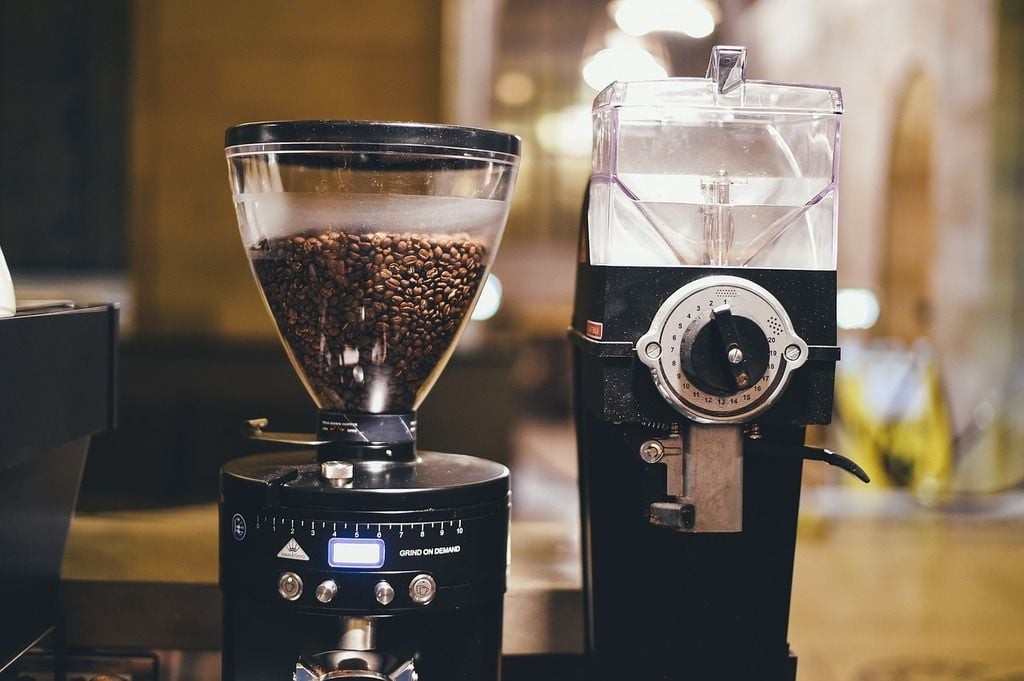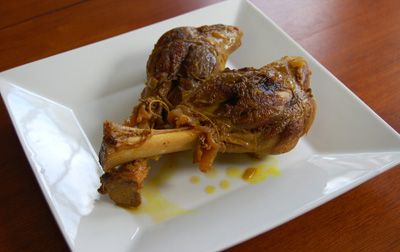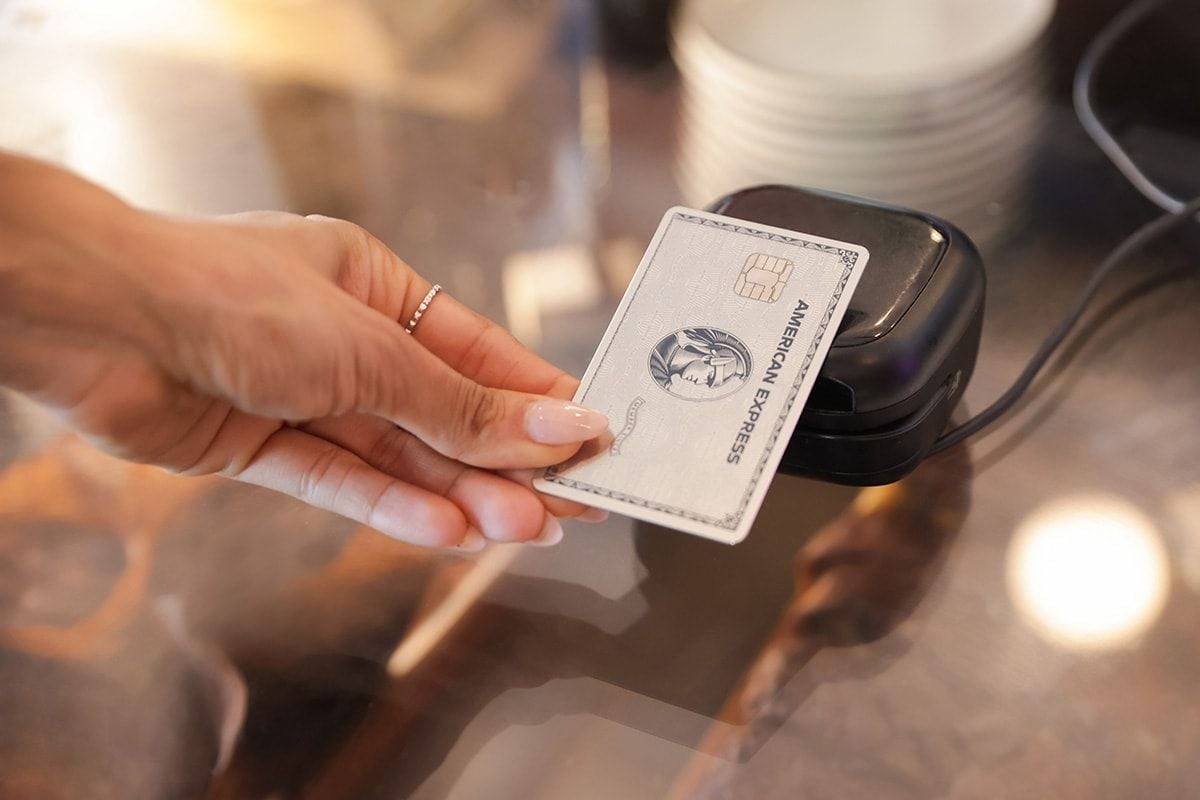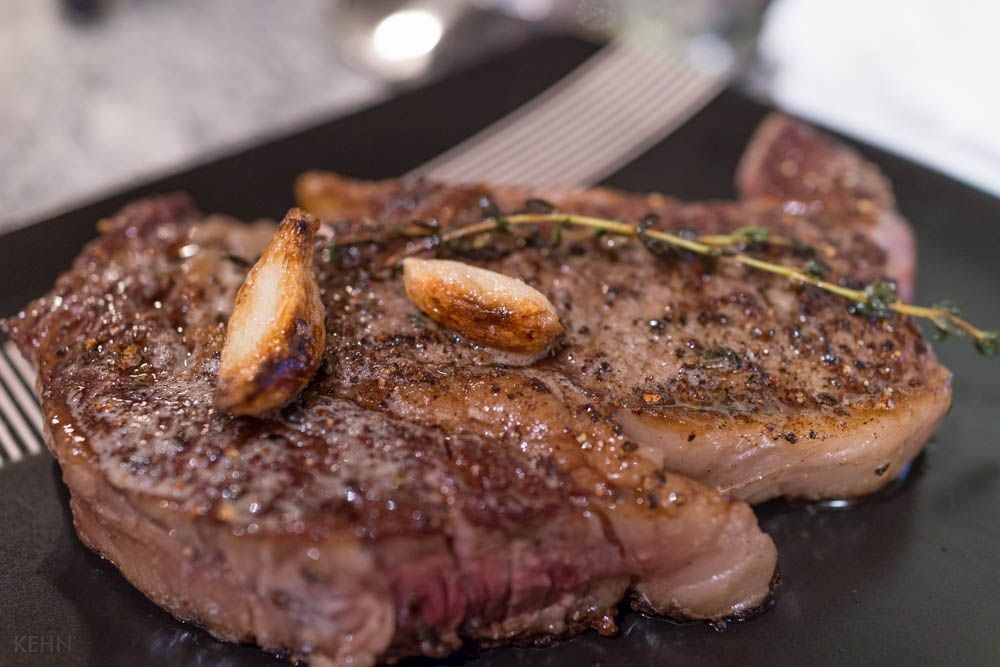
Unlocking the Secrets of Piloncillo: The Magic Ingredient in Mexican Cuisine
- Oct 16, 2024
A uniquely sweet yet complex ingredient in numerous Mexican dishes, piloncillo offers an elemental richness, transforming both beverages and dishes with its nuanced undertones. Despite the seemingly intimidating, hardened brown cones you'll spot at your local Latin markets, piloncillo is pretty straightforward to handle, according to Iliana de la Vega, chef and owner of El Naranjo in Austin. Hailed for its distinctive flavor in Mexican cooking, piloncillo is certainly worth the effort of learning how to use.
Born from unrefined sugar cane, piloncillo bears alternate names like papelón or panela. Chef de la Vega, originally from Mexico City, emphasizes its widespread use in both traditional drinks like aguas frescas, tepache, café de olla, and sweetly spiced atole, as well as in diverse savory dishes and luscious desserts, from mouth-watering moles to delicious pan dulces. De la Vega reveals that in Oaxaca alone, piloncillo flavors an array of 10 to 20 delicious bread varieties.
Obtained from boiling sugar cane juice, then pouring it into molds to harden, piloncillo typically appears in cone shapes - hence the name's translation to "little loaf". However, there's a clear distinction between brown sugar and piloncillo. Brown sugar is a refined creation, often a mix of white sugar with a hint of molasses, whereas piloncillo, with its lower glycemic index and enhanced health benefits, is entirely unrefined.
In sharp contrast to regular brown sugar - or, as piloncillo is often dubbed, 'Mexican brown sugar' - piloncillo boasts a remarkably diverse flavor palette. Earthy hints mingle with notes of vanilla and cinnamon, contributing to a layered sweetness that outshines the simple sweet character of brown sugar. De la Vega describes the character of piloncillo as sweet yet slightly bitter, slightly acidic, and doused with an almost cinnamon-like flavor, without containing any cinnamon.
Majority of recipes mention piloncillo in ounces or cones, given that it's commonly sold in one-ounce cones. Breaking down this dense cone is relatively easy; you can either grate it using a Microplane or chop it finely with a knife. A swift few seconds in the microwave can soften it if it proves too tough, states de la Vega.
Another convenience is creating a piloncillo syrup, perfect for blending into beverages. De la Vega suggests boiling a piloncillo with some water, then simmering it to achieve a syrup-like consistency. The piloncillo and water ratio would depend on the specific recipe.
If you're residing in the US, piloncillo might not be readily available in your common grocery stores, but your local Mexican or Latin American grocers, as well as online shopping websites, should offer it. Typically, piloncillo is found in two varieties: the blonde-like blanco and dark oscuro. The blanco variety is a fan-favorite, given that it's more versatile, while the oscuro imparts a bolder, molasses-esque flavor.
In the absence of piloncillo, de la Vega suggests using dark brown sugar as a feasible substitute. However, it wouldn't fully capture those exotic burnt-sugar notes that distinguish piloncillo, depriving the dish of its complexity. Another option is incorporating other forms of raw, unrefined sugar like Indian jaggery.






